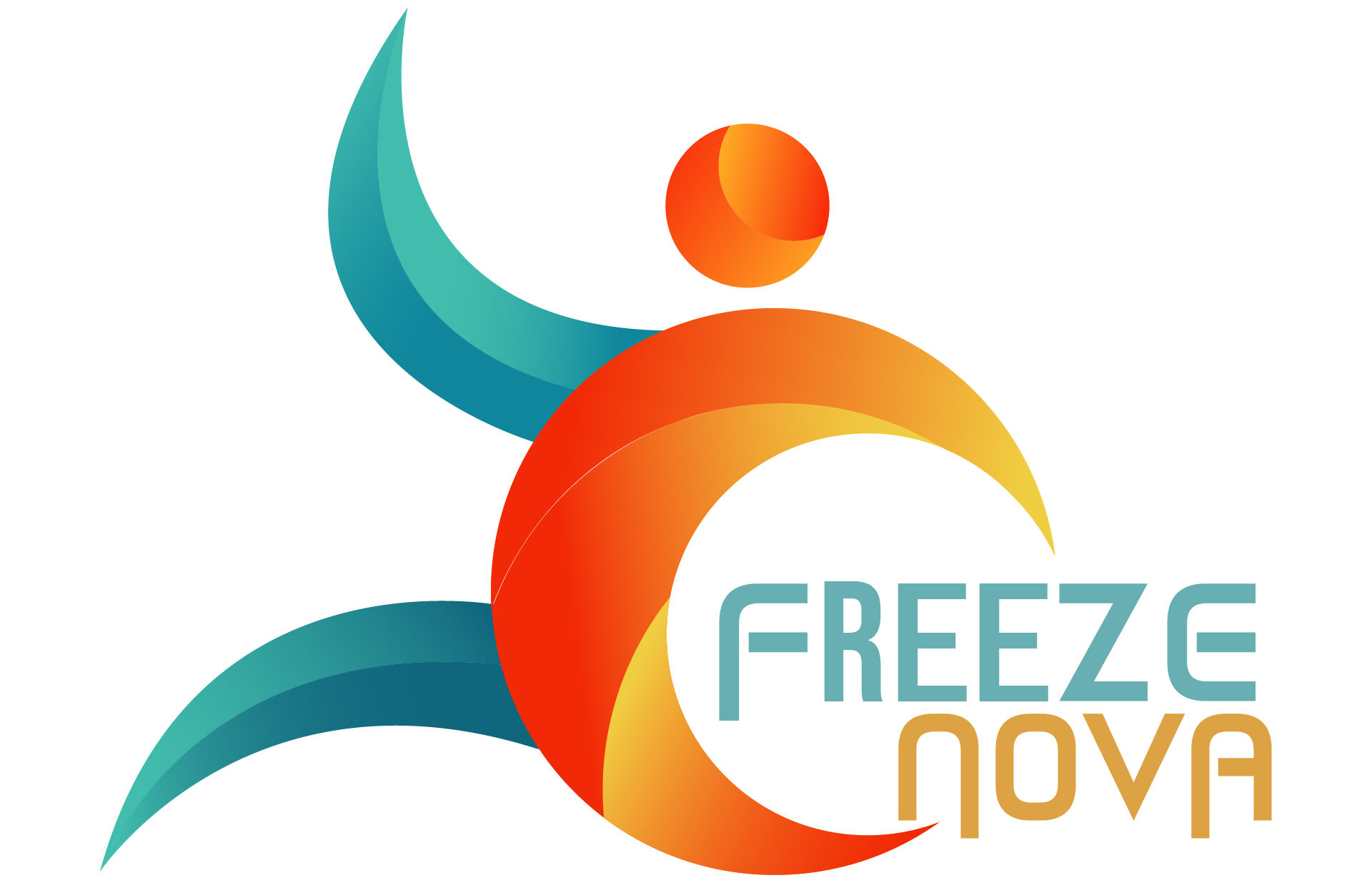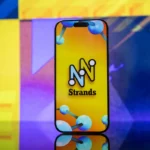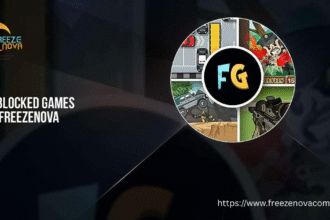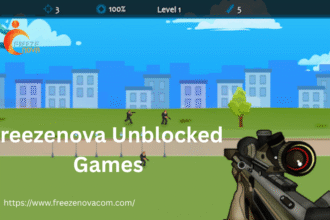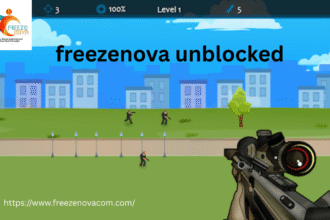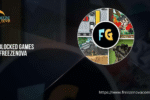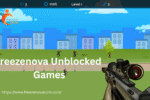Forbes adds some very tough ones to the lineup? Today, we explain the meaning behind the hint (June X, 2024)
Even people who are used to solving Forbes Strands have found strands hint forbes today hard to figure out. With those few words, the challenge shifts into a realm of puzzles that are both impressive and unpredictable. For solvers looking for a bit of direction—whether you want to finish the puzzle quickly, take your time to understand it deeply, or explore how every answer connects to the theme—this guide is for you. We walk you through each layer, starting with a full analysis of the theme and ending with how to extract the correct answers from even the most cryptic scenes.
Looking at the Topics in the Forbes Strands Today
Forbes usually makes its Strands hints more subtle than what is typical. “Time Travellers” is the name of the clue used today. Although pop culture may just seem like superheroes, it’s much broader and shows characters from science fiction, myths and historical leaders. The unclear label helps make Forbes different from Mashable or The New York Times. Often, the clues in Forbes include references from history, literature or academics, so taking them on face value may mislead readers. There are times you need to study metaphorically and times you need to study through the wording itself.
Things like “being on a clock” or “back in the past” seem straightforward, but Forbes is always playing with phrases and words that have more than one sense. To better understand the meaning of “Time Travellers” on Forbes today, wonder if people, concepts, inventions or all of them are implied. It is important to see that the theme pops up in every element of the board.
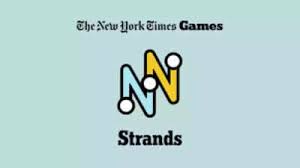
Solving the Board with Strategic Advice
Current puzzle boards are designed with many layers of difficulty. At first sight, vowel groups and many double or triple structure words appear typical of Forbes. There are many little connections revealed when the northwest corner is inspected closely. It has components of the final clues, such as “Einstein” and “Delorean.” Most of the words in Scrabble are revealed by using diagonal, not straight, paths.
The smart option today is to start building thematic bases. Your first steps should be: “clock,” “past,” and “machine.” They are often used in stories, poems or songs about time. After that, notice if neighbouring letters can link key terms—On Forbes boards, key phrases are usually placed either side by side or beside other terms. “Flux” could be placed near “capacitor” to recall “Back to the Future.” It is when the solutions are blended in with the clues.
If you haven’t solved it yet, check the answers right below, but remember, there will be spoilers.
Today solved Quentin’s Forbes Strands Areas puzzle was solved
- There is a big spoiler in this section.
- Ready? Let’s go.
- Modern solutions feature a wide variety of:
- Einstein
- Delorean
- Flux
- Capacitor
- Clock
- Chrononaut
- TARDIS
- Timeline
The bond is closely connected to both pop culture and science fiction. “Delorean” and “Flux Capacitor” come from Back to the Future, and “TARDIS” hints at Doctor Who. “Chrononaut” is an uncommon word, mostly seen in speculative fiction. Albert Einstein’s name shows up as a symbol for relativity and time, which gives the theme a decisive scientific importance.
He wove facts about history with his fiction, making certain that the challenges are enjoyable and informative. Being a mix of offensive and defensive play, it becomes one of the hardest boards of the week.
Was this a Hard Puzzle You’ve Encountered?
Many metrics show that the board was very strong. A majority of players, according to our live poll report that the stage took them more time than expected. Those numbers only compare to an average of 44% frustration on Mashable and 39% frustration on the NYT website versions. r/Strands on Reddit is full of players pouring out their emotions or exchanging ideas.
For this solver, it took almost three more minutes, which is higher than last week’s 8.7 minutes. It becomes harder, mostly due to the design of compound words and clues that use unfamiliar references.
The reasons why solving Forbes’ Strands Puzzles can be difficult
Puzzles in Strands are alike visually across all platforms, but they are built differently. Today’s example from Forbes Strands suggests it is very different from Mashable’s lighthearted approach and the NYT’s editorial style. While Mashable reports on hot new trends, Forbes discusses topics based on philosophy, science and history.
According to Forbes, 23% fewer plain words were found in the most recent list of puzzles, which are known as gimmies like “dog” and “red.” Such terms as “continuum” or “linear” are what they favour instead. This change tests solvers’ thinking by asking them to link their knowledge instead of depending only on regular words.
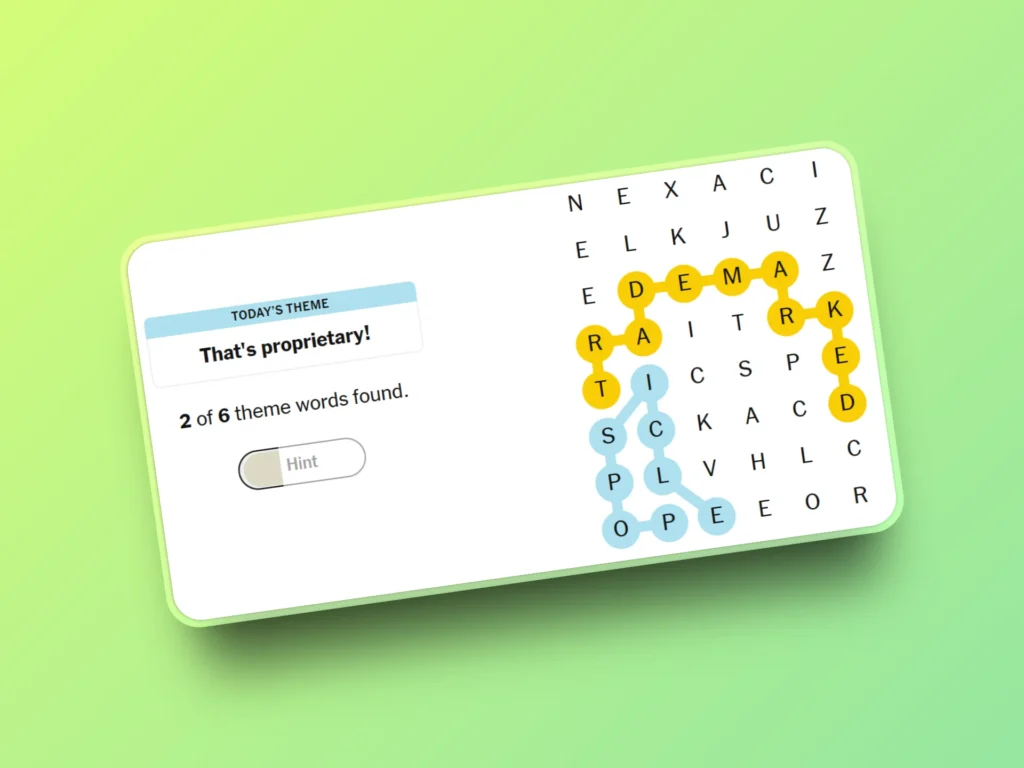
Want to Get the Hint for Tomorrow Today? Keep Moving Forward
No one wants to be the last person to find the answer. Get subscribed to our puzzle newsletter and you’ll get Forbes’ daily Strands hint at 6 AM ET, delivered straight to your inbox. Got skills and want to impress friends? Share your solve time in the comments and get your name on the leaderboard.
Read More: Strands Hint Forbes Today Solved! June X Puzzle Answer & Smart Decode Tips
Conclusion
Many people may feel confused by today’s Strands. Puzzles on Forbes every day combine the use of logic, language and learning. Because the puzzles are developed with both deep subjects and complex organisation, dealing with them is like working out your brain. Those who keep working hard always find that the effort is valuable in the long run.
No matter what your goal is—the victory, knowledge or just fun—you can be sure that every day presents a fresh obstacle and an opportunity to improve at cracking the Forbes Strands hints.
FAQs
How are Forbes’ Strands puzzles set apart from Mashable or the NYT?
Because Forbes puzzles mention academics and history more often, they are tougher and require less knowledge of pop culture.
How can I finish the puzzle in less time?
Pick out the themes that are easily recognised and then go for clusters or subgroups among them. Being aware of Forbes’ practice to include intellect or culture helps you gain an advantage.
Are uncovered facts the same in all platforms?
No. You can find a Strands puzzle on each platform (Forbes, NYT, Mashable), but they vary in their themes, appearance and difficulty.
Where do I get access to old solutions for Forbes Strands?
Although no official archive exists, you can find the latest updates and comprehensive answers on Reddit and puzzle blogs (like this one).
Why do so many of our answers these days come from science fiction?
Using the theme “Time Travellers” almost leads to exploring stories from science fiction. Combining offbeat vocabulary (chrononaut) and well-known elements from pop culture (Back to the Future), the author makes the game more challenging.
